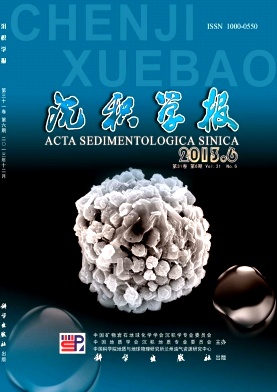Numerical Simulation of the Flow and Deposition of Turbidity Currents with Different Slope Changes
- Publish Date: 2013-12-10
-
Key words:
- turbidity currents /
- sedimentation /
- mathematical model /
- numerical simulation /
- slope
Abstract: A numerical model based on threedimensional incompressible Navier-Stokes equations and turbulence k-ε model for the simulation of turbidity currents is applied to study the flow and deposition of turbidity currents with constant inflows into different slope changes. Simulated results show some important characteristics about the flow of turbidity currents: the depth-averaged velocity of turbidity currents with constant inflows increases with bed slope; the higher the slope, the faster the thickness of currents increases in the downslope direction; on the nearly horizontal bed, velocity drops obviously while that from higher slope still keeps a relative higher velocity; also thickness of the currents increases almost at the same rate in the down stream direction, reflecting a slope-control on the water-entrainment of turbidity currents. As to deposition characteristics, the simulation shows that a critical slope exists for a given sediment: when the slope is lower, there are more deposition on slope than that on horizontal bed, the whole slope increases; while the slope is higher, there are erosion or less deposition on the slope with more deposition on downstream horizontal bed, thus resulting in a decrease in total slope. Understanding those flow and deposition characteristics of turbidity currents may assist us in well interpreting the in-situ profiles from outcrop or seismic survey and reconstructing the environment in which hydrocarbon reservoirs from.
| Citation: | Numerical Simulation of the Flow and Deposition of Turbidity Currents with Different Slope Changes[J]. Acta Sedimentologica Sinica, 2013, 31(6): 994-1000. |






 DownLoad:
DownLoad: